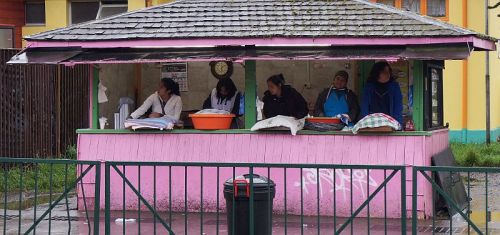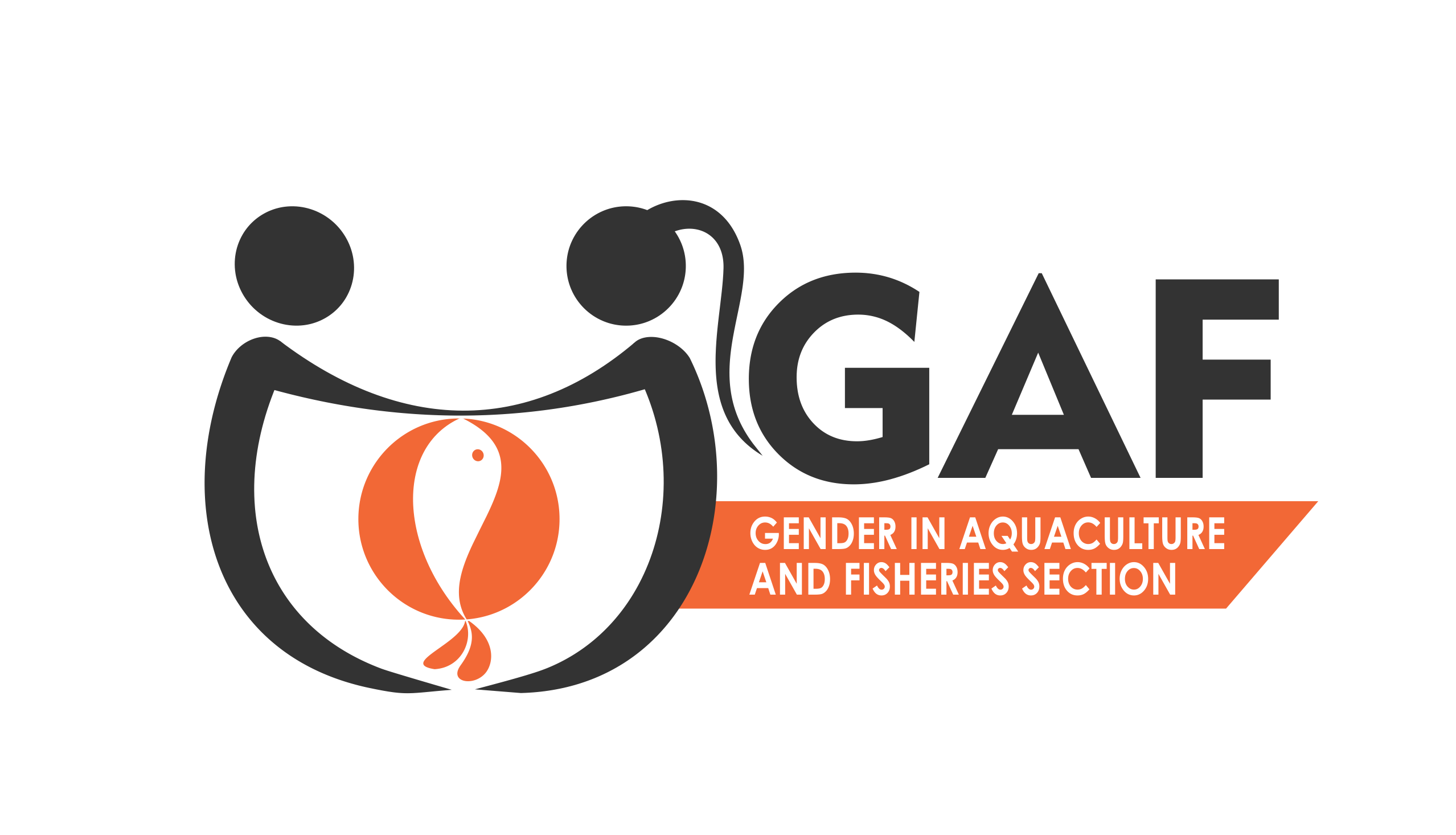
Chilote women selling home-made empanadas, including those containing salmon, Chiloe Island, Chile. Photo: Kate Stevenson and Daniel Poulter, Latin Chattin http://latinchattin.com/2013/06/05/chiloe-exploring-chiles-largest-island/
Rapid economic development in the fisheries and aquaculture sectors often relies heavily on local or migrant women workers entering the paid workforce. This has been the case on the Island of Chiloé in southern Chile, one of the areas of intense growth of salmon aquaculture and salmon processing for export. In their recent paper in the journal World Development, Eduardo Ramírez and Ruerd Ruben examined the pre-existing gender patterns that led to a fast uptake by women of paid employment in the salmon industry. The area went from a lower than national average rate of women in the workforce in 1996 (26.6% in Chiloé compared to 36.6% nationally) to, in 2009, a higher than national average in (48% vs 43%).
The paper, “Gender Systems and Women’s Labor Force Participation in the Salmon Industry in Chiloé,” reported statistical evidence that women whose husbands previously migrated seasonally for several months, leaving them to do productive “men’s work” such as farming, as well as reproductive work, were more likely to take up paid work than other women. The women whose previous productive work was more conceived locally as “women’s work,” were less likely to take up the new paid work. These more traditional areas of women’s work were shellfish and seaweed harvesting and crafts.
Despite the ingress of women into the paid workforce, however, a gender pay gap still exists, even after adjusting for types of work undertaken by women and men.
Ramírez and Ruben suggest that more studies should look at the effects of territory-specific or local gender systems should be carefully examined and taken into account in labor policies, rather than assuming national heterogeneity.
Download the paper or contact the author, e-mail: eramirez@rimisp.org
To learn more of the background of Chiloe Island and the salmon industry, try these links:
Hayward, P. 2011, ‘Salmon aquaculture, cuisine and cultural disruption in Chiloe’, Locale: The Australasian-Pacific Journal of Regional Food Studies, vol. 1, no. 1, pp. 87-110.
Pablo Ibieta, et al. 2011. Chilean Salmon Farming on the Horizon of Sustainability: Review of the Development of a Highly Intensive Production, the ISA Crisis and Implemented Actions to Reconstruct a More Sustainable Aquaculture Industry, Aquaculture and the Environment – A Shared Destiny, Dr. Barbara Sladonja (Ed.). Available from: http://www.intechopen.com/books/aquaculture-and-the-environment-a-shared-destiny/chilean-salmon-farming-on-the-horizon-of-sustainability-review-of-the-development-of-a-highly-intens
Stevenson, K. and D. Poulter. 2013. Chiloe – Exploring Chile’s largest Island. http://latinchattin.com/2013/06/05/chiloe-exploring-chiles-largest-island/
This entry was posted in: Aquaculture, Marine Fisheries, Women
